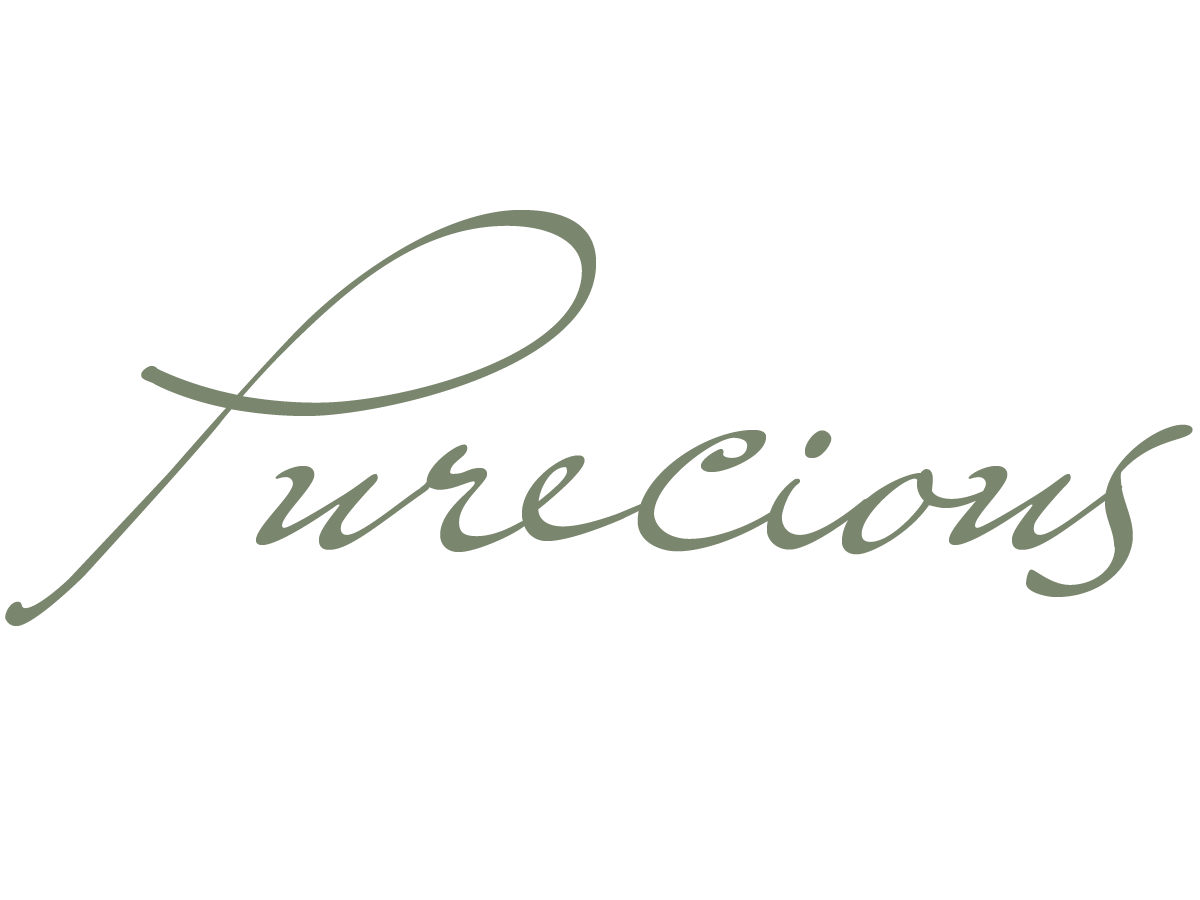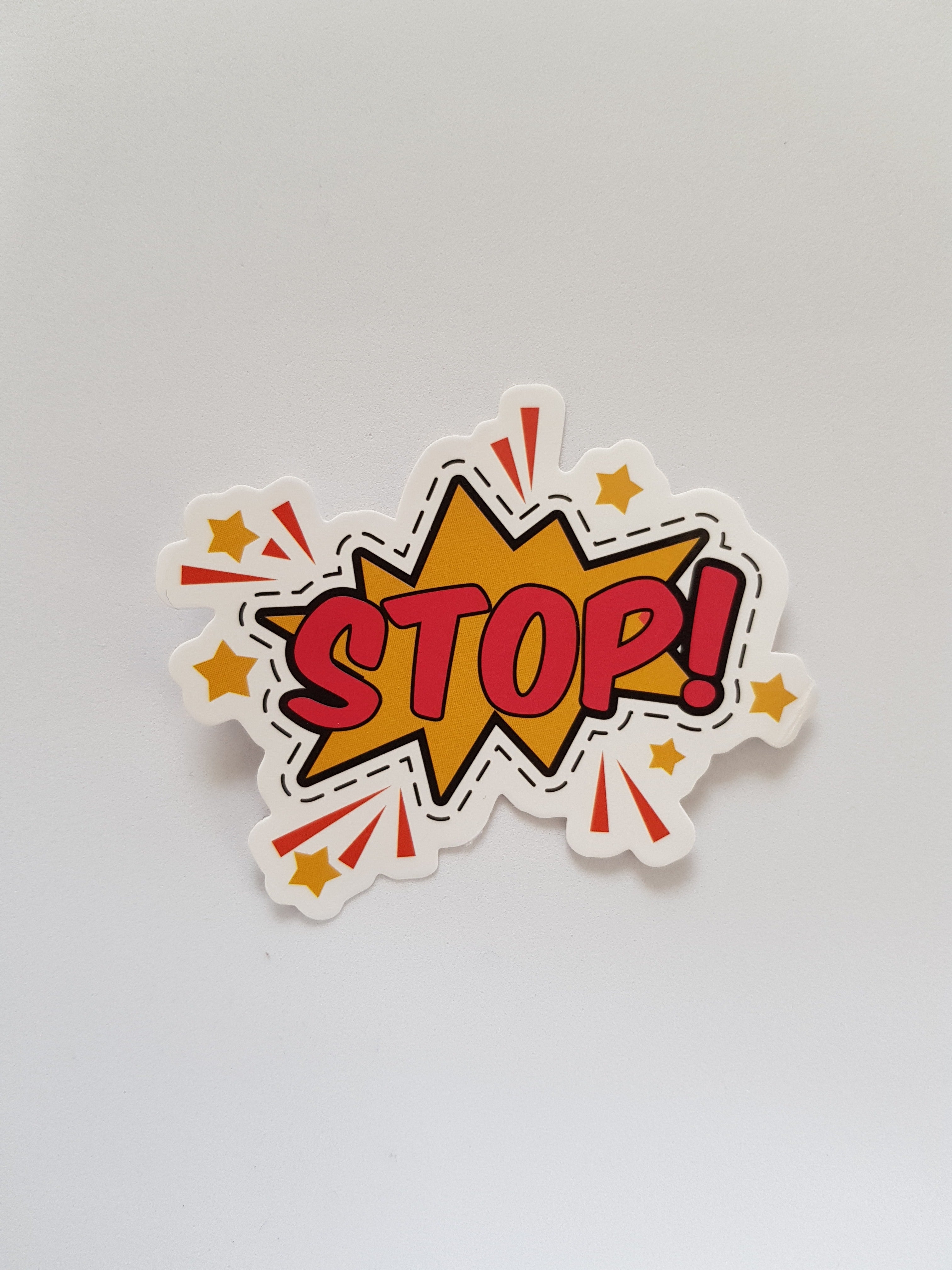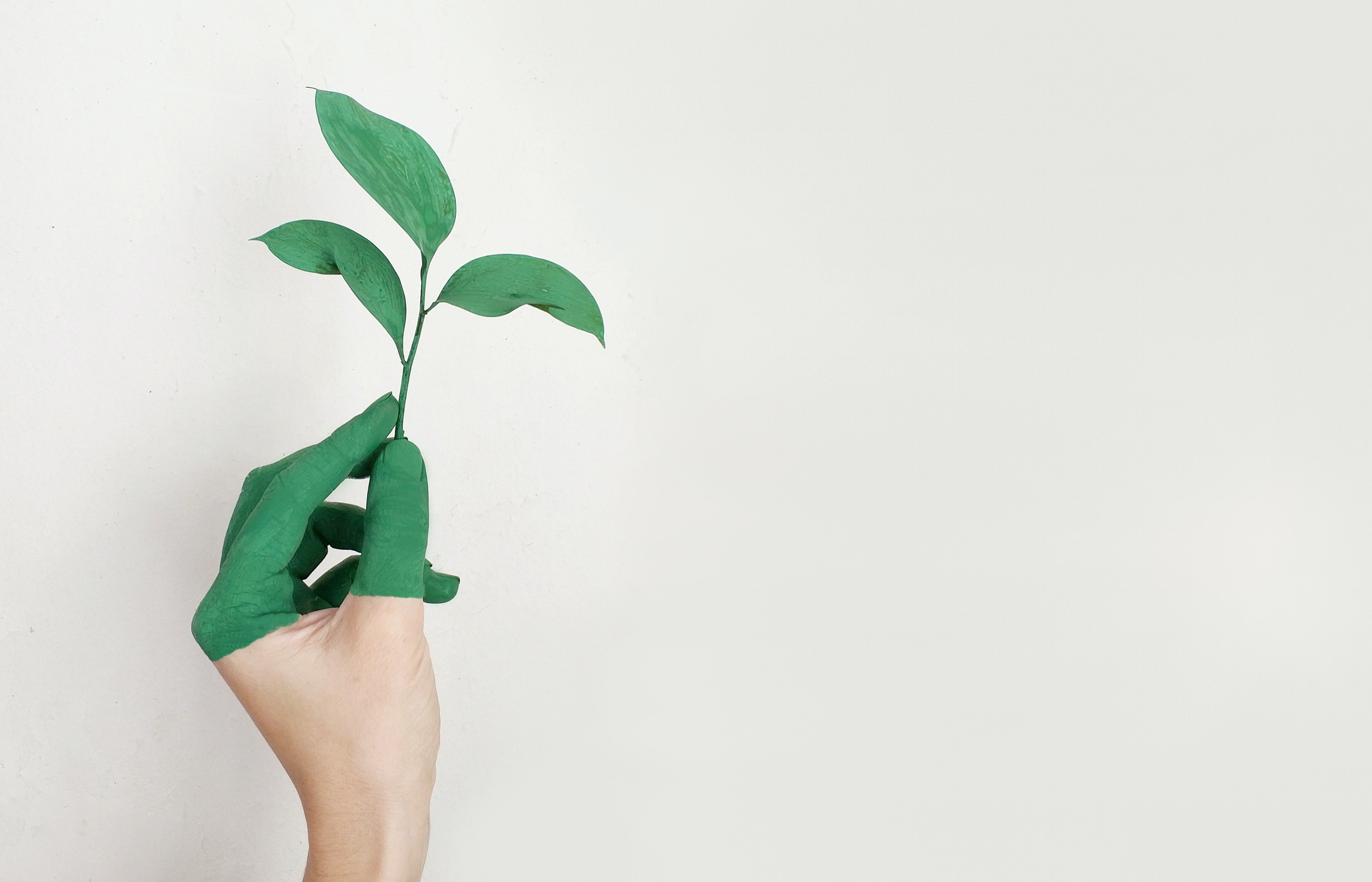
Are lab grown diamonds GIA certified? (How do I use certifications to buy the best diamond?)
The short answer to this question is yes. Lab-grown diamonds have been graded by the GIA since 2007. However, because they were lab-grown— previous reports were very different from mined diamonds. A full grading report will not be found for lab-grown diamonds. They were graded only on color and clarity. For older diamonds, you will find reports from IGI or GCAL more commonly. Has the GIA policy changed? Have they accepted lab-grown diamonds? In 2020, they announced a change in policy to help you find the best diamond for your jewelry. The GIA now does full reports on diamonds. This is huge for someone shopping for diamonds! Now, how do you use the GIA reports to navigate the world of buying diamonds? The GIA has created four EASY categories for you to reference known as the 4 Cs: Cut, Color, Clarity, and Carat. This guide will be especially helpful if you are purchasing a diamond online. Unlike in person where you can clearly see the diamond’s qualities, online shopping creates an environment where you cannot check those things on your own. However, the certification process tht diamonds need to go through allows for you to lean on professionals that have a more refined eye. (We are not going to go too far in depth on what exactly each C is, but rather how you can use them to buy the diamond you need. If you would like more information on the 4Cs, visit GIA’s website here).
Cut may be the most important of the 4Cs. When you are shopping for a diamond, the GIA rates the diamond from Poor to Excellent. A reasonable purchase is Excellent or Very Good. Going anywhere below that is not something that we would recommend. They tend to be the ones that you will find on the market. When you are looking at pear or heart-shaped diamonds, however, you will not be able to find GIA cut grades. What do you do if you are buying a pear shaped diamond (NOT GRADED BY GIA)? Because the GIA does not rate the cut for you, you are going to have to take a look at the numbers yourself. Below are the proportions for a pear that is Excellent & Very Good.
|
Excellent |
Very Good |
|
|
Table % |
57%-62% |
55%-63% |
|
Depth % |
58%-64% |
56%-67.5% |
|
Polish/Symmetry |
Excellent-Very Good |
|
|
Length to Width |
1.45-1.55 |
1.40-1.60 |
|
Girdle Thickness |
Thin-Thick |
|
|
Culet Size |
None |
Very Small |
While we are providing you with numbers to follow when selecting a Pear shaped diamond, finding something that meets your taste is something that is just as important as its objective grading. Make sure that you get to look at it on video or in photos so that you can properly assess the diamond.
If you would like an even more in depth guide for purchasing pear shaped diamonds, go to beyond4cs.com. Where we got these tables!
What do you do if you are buying a heart shaped diamond (NOT GRADED BY GIA)?
|
Excellent |
Very Good |
|
|
Table % |
56%-62% |
54%-64% |
|
Depth % |
58%-64% |
56%-66% |
|
Polish/Symmetry |
Excellent-Very Good |
|
|
Length to Width |
0.90-1.10 |
0.85-1.15 |
|
Girdle Thickness |
Thin-Thick |
|
|
Culet Size |
None |
Very Small |
If you would like an even more in depth guide for purchasing pear shaped diamonds, go to beyond4cs.com. Where we got these tables!
Color is a measurement of diamond’s absence of color. A lot of colorless diamonds actually have traces of yellow, brown, gray, or blue. The LESS color a diamond has the more desirable it is. There are 23 color grades, with D being the highest grade. Typically, you are going to be looking for D, E, and F grade diamonds. G and H are also considered good value. Those are the letters you want to see on the certification for the diamond you are buying your significant other.
Clarity is a measurement of the size and placement of blemishes. The different grades are from I3 (Included) to FL (Flawless). When it comes to inclusions that are visible to the naked eye, we recommend staying higher than VS2, which is very slightly included. These are diamonds with good value and also with the look that will communicate the pure love that you have for them. Inclusions actually have an impact on a diamond’s durability too, so finding one that will last you is incredibly important.
The last C is cut. Generally speaking, the higher the carat weight, the larger the diamond looks and the more valuable it is. The best tip we can give when purchasing based off of carat is buying under what the GIA calls “magic sizes”. Prices go up a lot as carats increase, so staying right under magic sizes like 0.5, 1.0, 1.5, and 2.0 is key to when buying diamonds. Purchasing a 0.95 carat diamond instead of a 1 carat diamond is going to save you a ton of money while still being around the size that you want.

















Leave a comment
This site is protected by hCaptcha and the hCaptcha Privacy Policy and Terms of Service apply.